![]()
In the 60 years since Neil Armstrong and Buzz Aldrin piloted the Lunar Module, Eagle, to the Moon’s surface in 1969, space probes have routinely surveyed and photographed the legendary Apollo 11 landing site. But which country has captured the best photo of Apollo 11’s history-making Tranquility Base?
Over on X, formerly known as Twitter, user @Rainmaker1973 shared a mosaic comparing the images of the Apollo 11 landing site captured by the United States, India, South Korea, Japan, and China. Much to the chagrin of some conspiracy theorists, the third-party photo evidence for the Apollo 11 Moon landing is overwhelming.
The Apollo 11 landing site photographed by 5 different countries pic.twitter.com/qnUFCwnyf5
— Massimo (@Rainmaker1973) July 23, 2024
Rainmaker1973, also known as Massimo, picked some nice photos for their illustrative comparison, but it’s worth taking a closer look at some of the various photos of the Apollo 11 landing site.
Using its Lunar Reconnaissance Orbiter (LRO), NASA captured numerous photos of the Apollo 11 landing site (Mare Tranquillitatis, 0.67416° N, 23.47314° E) from 2009 through 2011, including at various Sun angles. Users can scroll through the multiple images by chronological order or Sun angle on Arizona State University’s website.
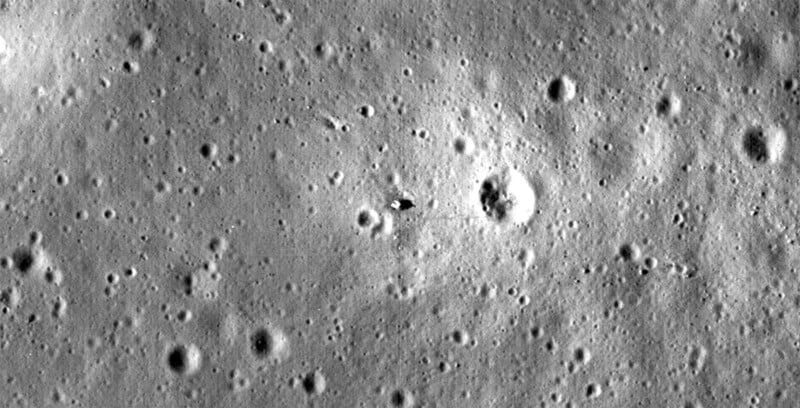
PetaPixel has previously featured India’s amazing Apollo landing site photos, including the spectacular Apollo 11 module image shot by the country’s Chandrayaan-2 orbiter.
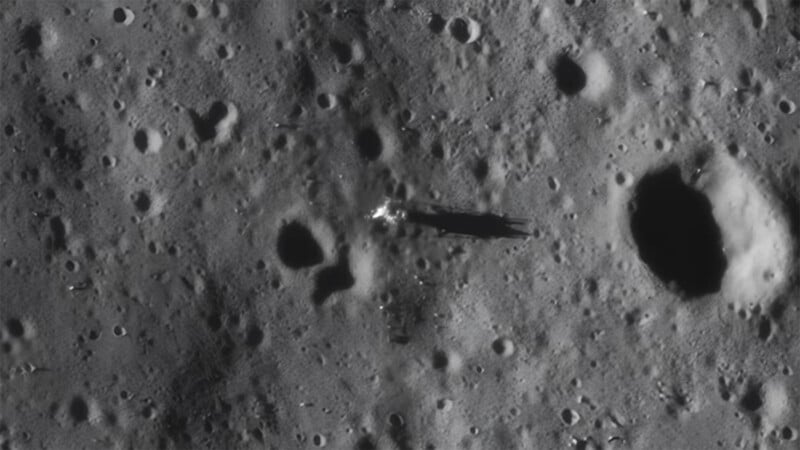
As for the South Korean image selected by Rainmaker, the nation has done much better than that. South Korea’s Danuri probe not only captured the fantastic photo of Earth seen further below but a pretty sharp shot of the Apollo 11 landing module and its surroundings.
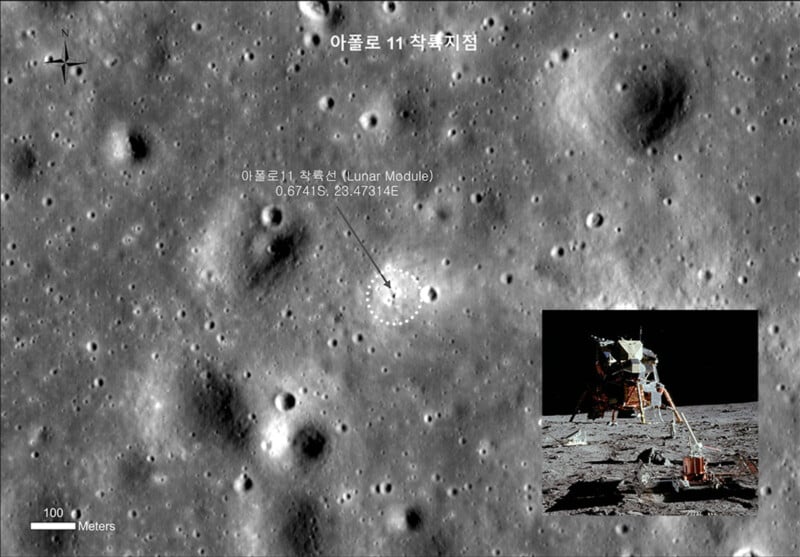
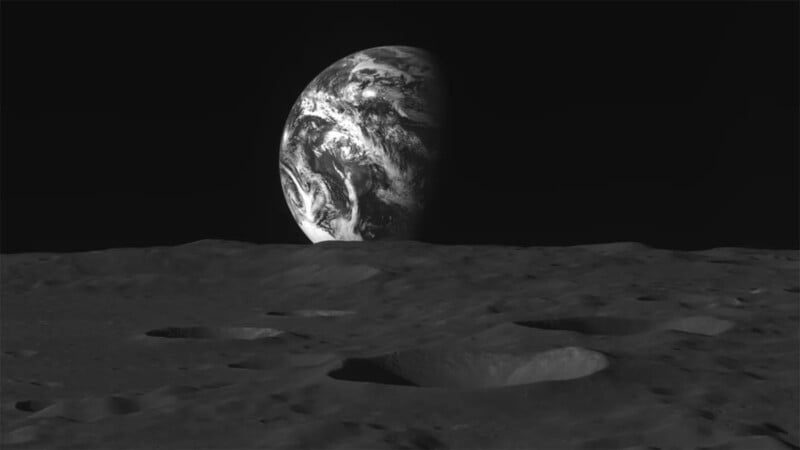
Japan’s Apollo 11 landing site photo may not be all that impressive, but the Japan Aerospace Exploration Agency did a flyby of the Apollo 11 landing site, and much more of the lunar surface, and the video is spectacular.
Among the most recent photos of the Apollo 11 landing site are the ones captured by China’s Chang-e lunar exploration missions. Sure, the images China has released are somewhat pixelated, but the missions are pretty impressive. China has released a very detailed map of the entire Moon, for example. NASA’s LRO even caught the Chang’e 6 landing on the Moon last month.
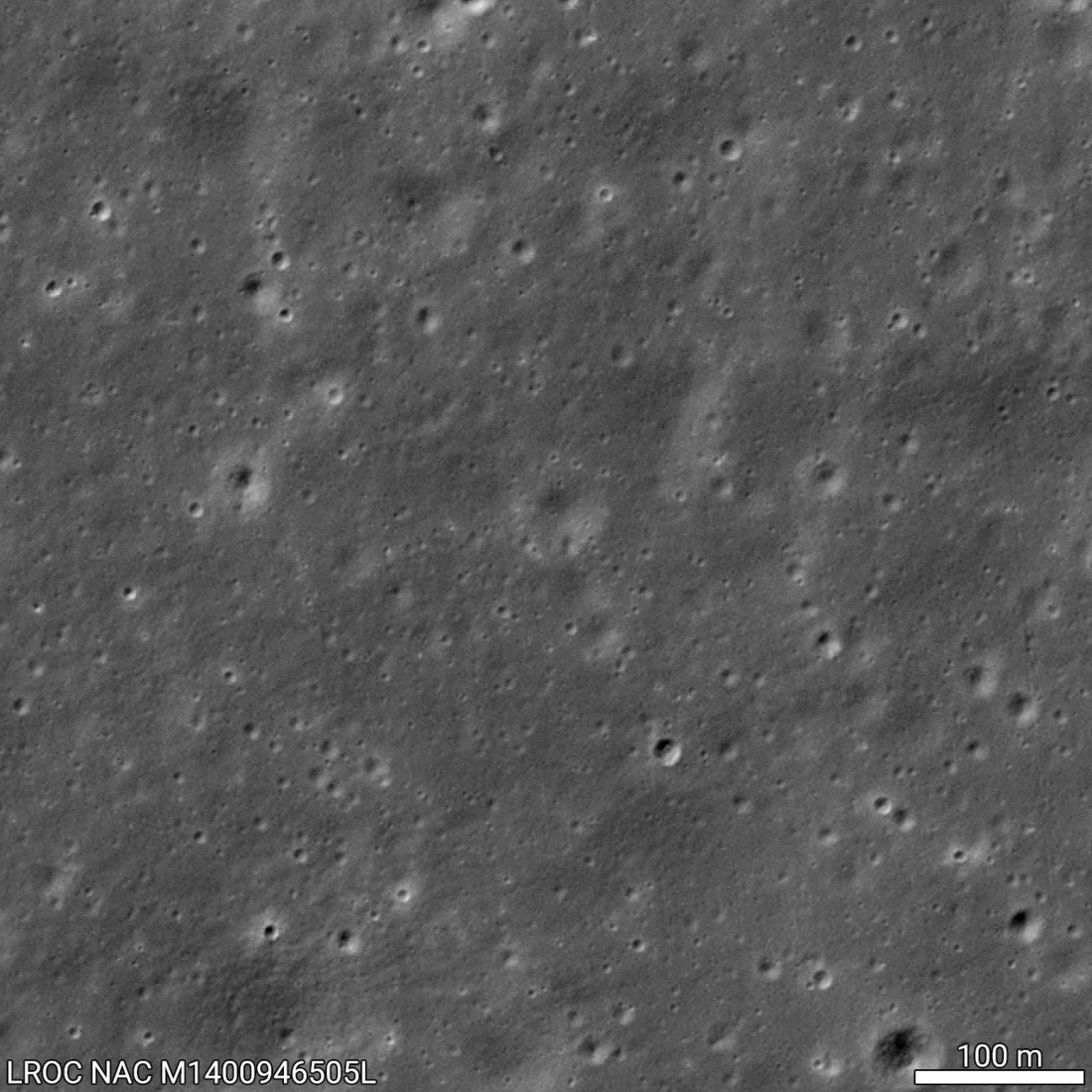
Those interested in seeing the Apollo mission landing sites for themselves don’t need a space probe, either. As BBC‘s Sky at Night magazine shows, it’s possible to spot all Apollo 11-17 landing sites using a telescope.
Image credits: Featured image credits, from left to right: NASA, NASA/LRO/ASU, KARI, and ISRO.
